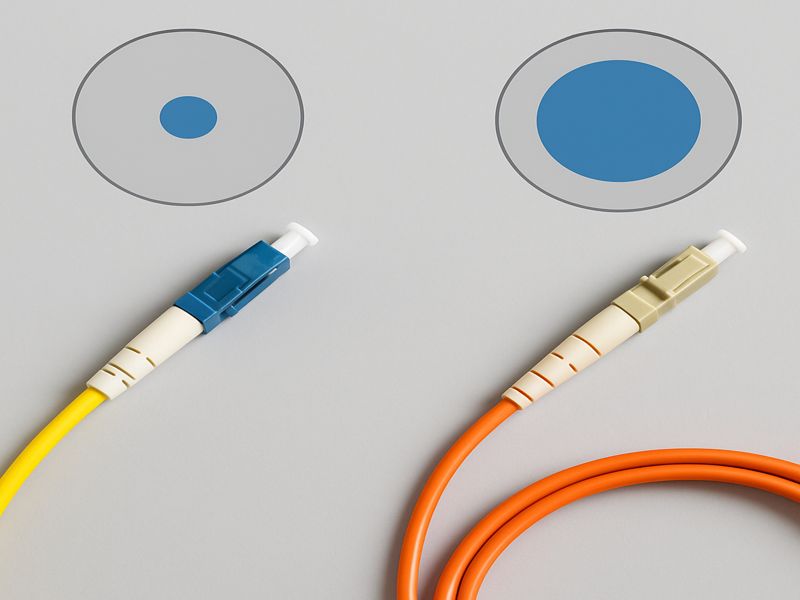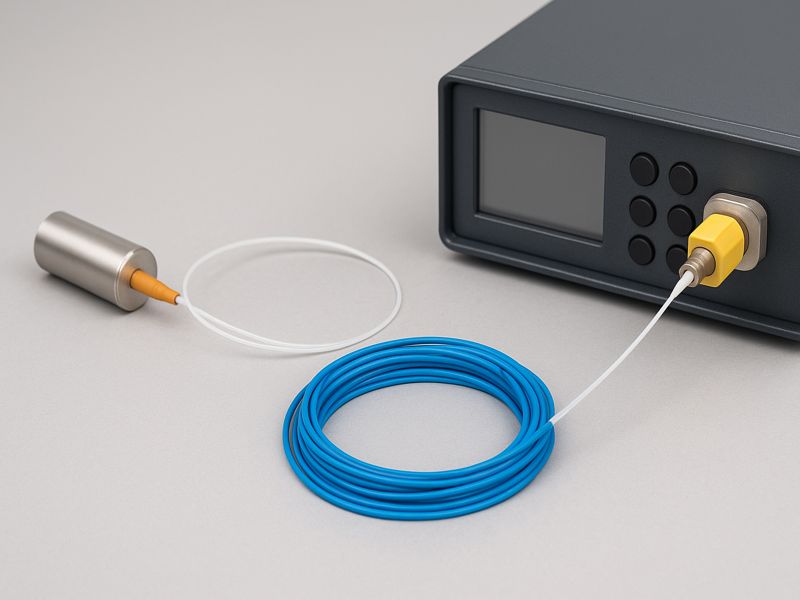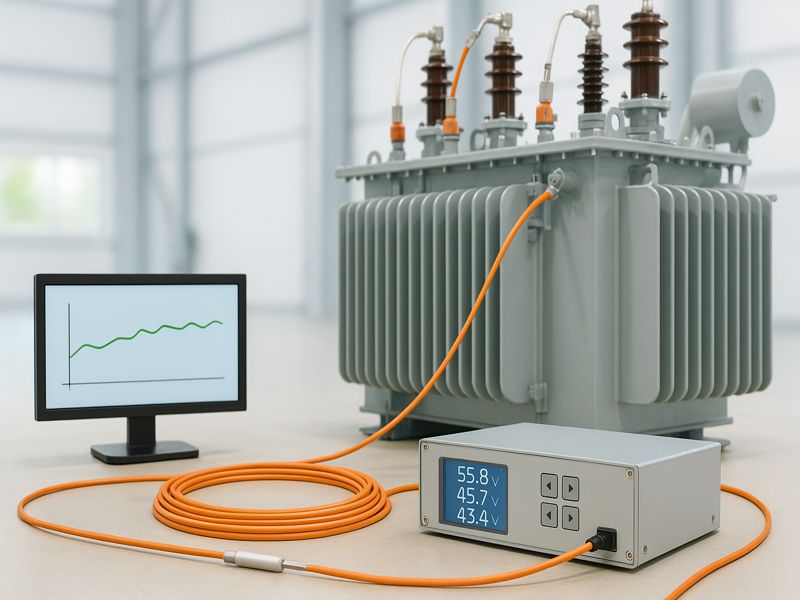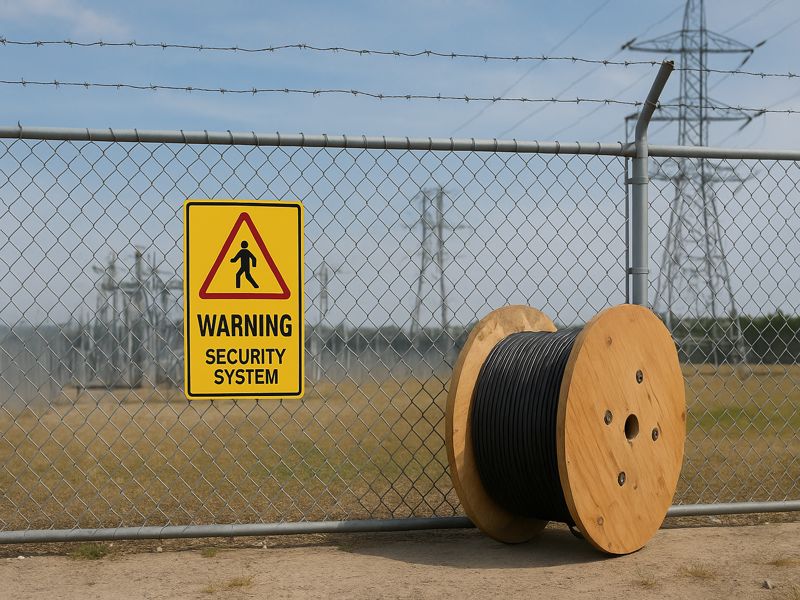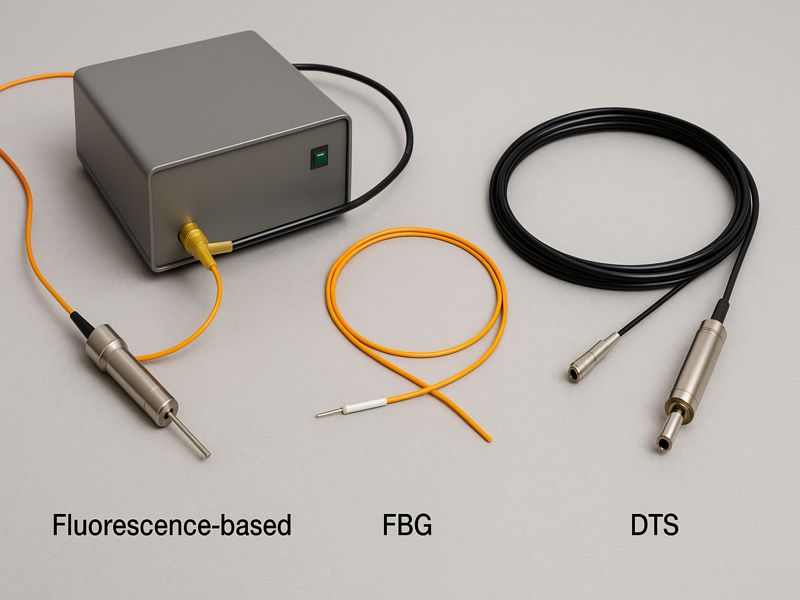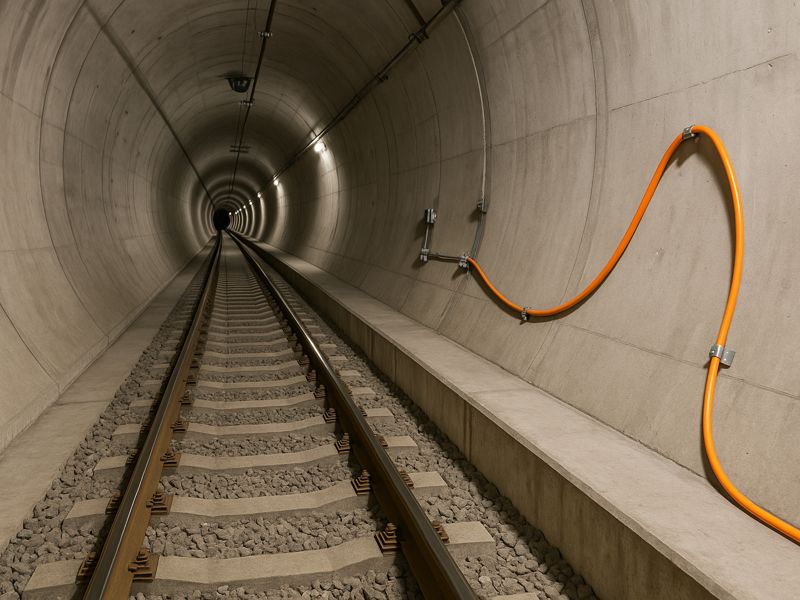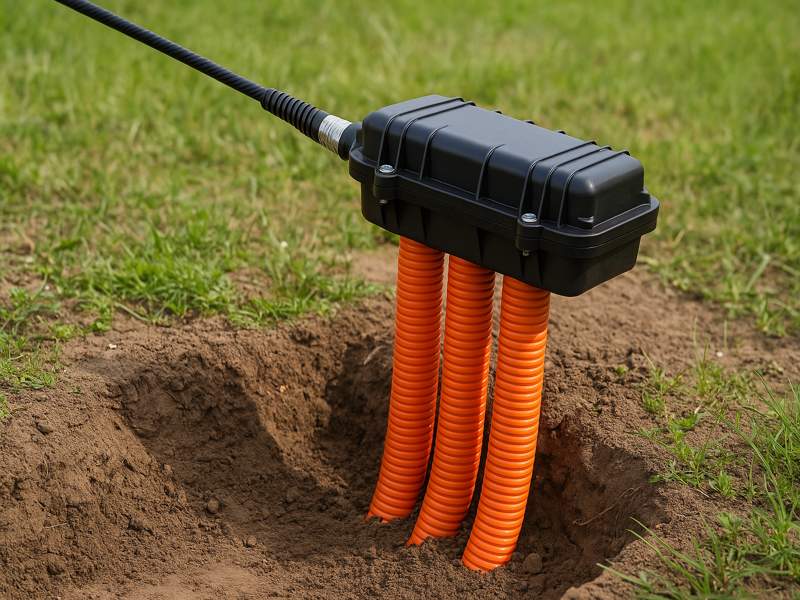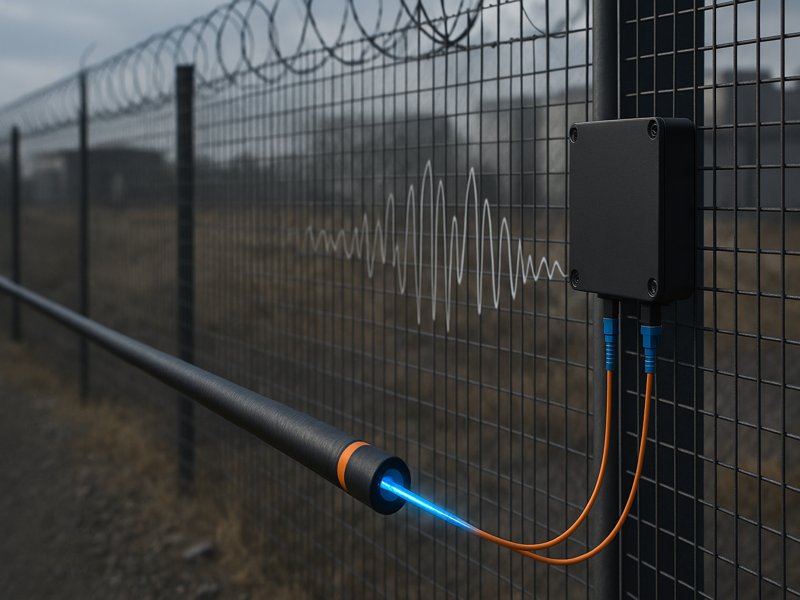Designing effective intrusion detection systems (IDS) for urban and rural electric fence systems presents unique challenges. From signal interference in urban areas to environmental durability in rural settings, engineers and security planners must employ tailored strategies.
Understanding Electric Fence Intrusion Detection Systems
Electric fences use high-voltage pulses to deter and delay intruders. When combined with PIDS, these systems can detect unauthorized attempts at climbing, cutting, or tampering with the fence. Modern IDS-equipped electric fences typically include the following components:
- Voltage Sensors: Monitor for any sudden drops, indicating a short or wire tampering.
- Tension Sensors: Detect forceful deformation or displacement of wires.
- Vibration/Accelerometers: Capture disturbances caused by climbing or cutting.
- Communication Modules: Transmit real-time alerts to central control units or security personnel.
These systems provide layered security by combining physical deterrence with instant alerts, allowing rapid response to threats.
Design Challenges in Urban Areas
Urban electric fence installations must overcome several distinctive obstacles:
Electromagnetic Interference (EMI)
Cities are saturated with electrical and radio signals from infrastructure such as telecom towers, Wi-Fi routers, and power substations. These signals have the potential to disrupt the functionality of IDS components, especially low-voltage sensors and wireless modules.
Solution: Use shielded cables, EMI-resistant components, and spectrum analysis during system design to select appropriate communication frequencies. Opt for wired connections when possible.
Limited Space and Shared Boundaries
Urban properties often have limited perimeters or share walls with neighboring buildings. Installing an electric fence in such conditions increases the risk of unintentional shocks or property disputes.
Solution: Utilize compact, modular fence panels and low-power shock settings. Additionally, smart zoning of intrusion sensors can define intrusion attempts without needing full-height fences.
Aesthetic and Regulatory Constraints
City installations must comply with municipal building codes and may need to blend with the environment, especially in commercial zones or residential neighborhoods.
Solution: Choose low-visibility or glass fiber-reinforced fences that provide security without being visually obtrusive. Incorporate wireless sensor modules to reduce wiring clutter.
Design Challenges in Rural Areas
In contrast, rural deployments face different sets of challenges, often rooted in environmental exposure and infrastructure limitations.
Power Supply Limitations
Rural areas may lack a stable electricity supply, making consistent operation of electric fences and sensors difficult.
Solution: Incorporate solar-powered energizers and backup batteries. Design the system to operate efficiently on low power, including sleep modes for sensors when idle.
Long Perimeter Lengths
Farms, ranches, and industrial sites in rural zones often cover vast areas, increasing the complexity and cost of laying out sensors and communication lines.
Solution: Use daisy-chain sensor networks, long-range wireless modules (e.g., LoRa), and sector-based monitoring to reduce the total number of components needed.
Exposure to Harsh Weather and Wildlife
Rural environments expose systems to rain, dust, frost, vegetation overgrowth, and interference from animals such as deer or rodents.
Solution: Install weatherproof enclosures (IP66 or higher), apply corrosion-resistant coatings, and configure alert thresholds to filter out false alarms from animals or foliage.
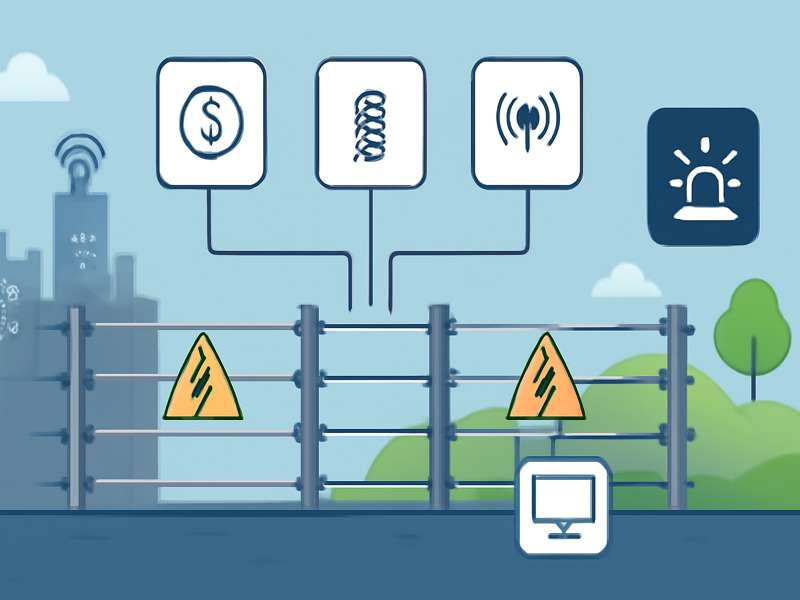
System Integration and Scalability
Effective intrusion detection for electric fences must be scalable and easily integrated into existing security systems.
Compatibility with Central Monitoring Systems
Urban facilities often use centralized control rooms with surveillance and access control systems. IDS must integrate seamlessly with these systems.
Solution: Use open communication protocols like Modbus, SNMP, or ONVIF to ensure interoperability with existing SCADA or BMS systems.
Remote Monitoring for Rural Systems
Many rural locations are unstaffed. Real-time remote access and alerting become vital for quick response.
Solution: Enable cellular or satellite communication with cloud-based dashboards. Include mobile app access for security personnel on the move.
Flexible Expansion
Security needs may evolve over time, such as expanding the fence line or upgrading sensor types.
Solution: Adopt modular architectures with plug-and-play sensor nodes and dynamic mapping tools for fence topology updates.
Addressing False Alarms and Reliability
False positives can reduce trust in the system and waste resources. It is critical to design with accuracy and reliability in mind.
Environmental Noise
Wind, rain, and traffic vibrations can trigger unnecessary alerts.
Solution: Use intelligent signal processing with AI-driven algorithms that distinguish between environmental noise and genuine intrusion attempts.
Sensor Calibration and Maintenance
Over time, sensor sensitivity can drift, affecting detection accuracy.
Solution: Schedule routine calibration checks and incorporate self-diagnostic modules that alert operators when recalibration is needed.
Redundancy and Fail-Safe Design
Sensor or communication failure must not compromise the entire system.
Solution: Use dual-path communication (e.g., wired + wireless), power backup systems, and redundancy in sensor coverage (overlapping zones).
Tailoring Solutions to Use Cases
Different facilities require different approaches depending on function, location, and risk level.
Urban: Warehouses and Data Centers
- Use layered security with electric fence + CCTV + access control.
- Require precise zoning to protect entry points and sensitive zones.
- May benefit from thermal or microwave sensors to enhance detection.
Rural: Farms and Utility Installations
- Need cost-effective solutions with low maintenance.
- Must handle terrain variability and longer distances.
- Benefit from self-powered nodes and periodic health checks.
Border and Critical Infrastructure Sites
- Require the highest levels of reliability, redundancy, and integration with national security systems.
- Often combine multiple sensor types, including underground fiber optics and seismic detectors.
Installation and Operational Best Practices
Proper installation and maintenance are key to ensuring system performance over time.
- Pre-installation Survey: Conduct a full perimeter assessment to identify risk zones, environmental constraints, and accessibility.
- Documentation and Training: Maintain system diagrams, installation guides, and staff training to minimize operator errors.
- Routine Testing: Simulate intrusion events quarterly to validate sensor responsiveness and alarm protocols.
- Maintenance Schedule: Clear vegetation, inspect wire tension, test voltage, and update firmware on all system components.
Gato offers customized solutions. Our security planners can overcome additional obstacles and build a robust, scalable perimeter protection system for you, using our electric fence system equipped with intelligent intrusion detection as your line of defense.

